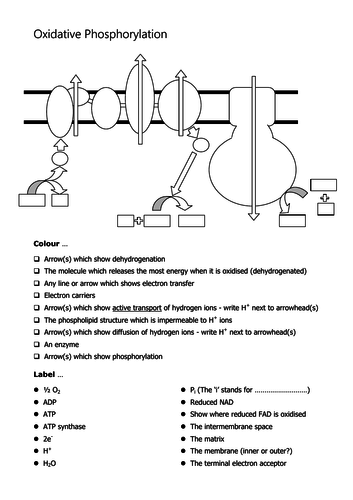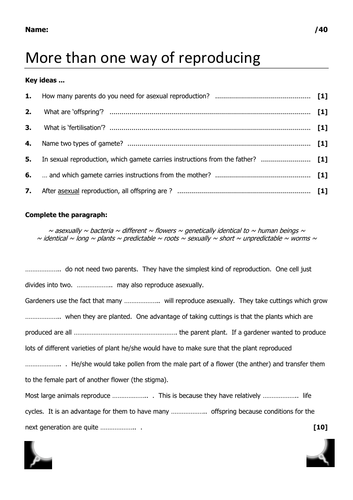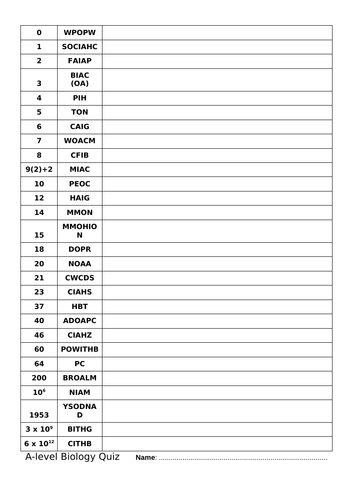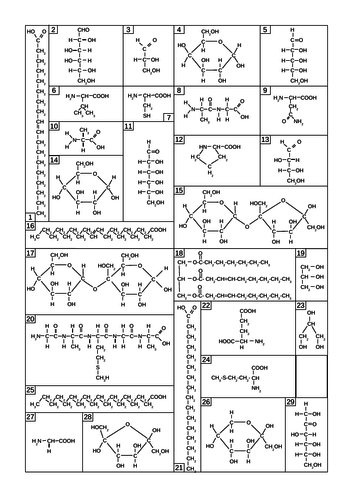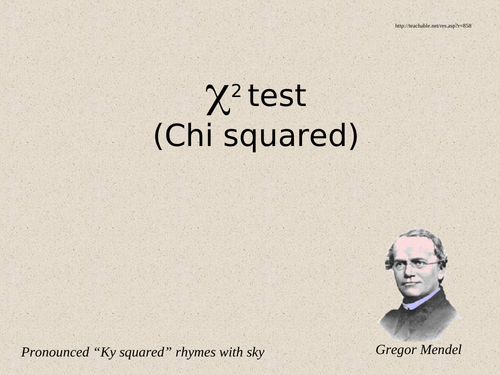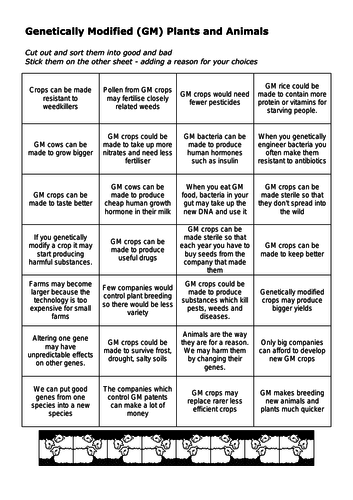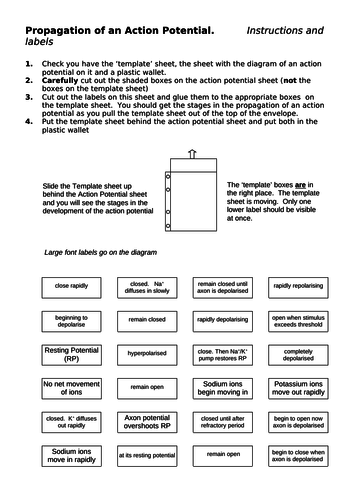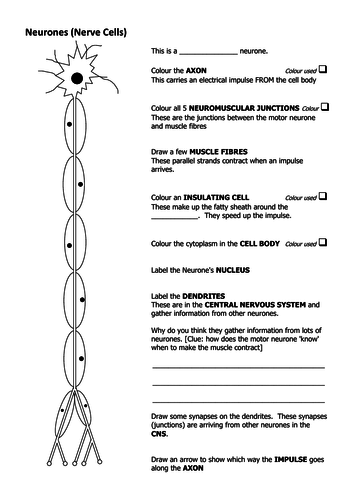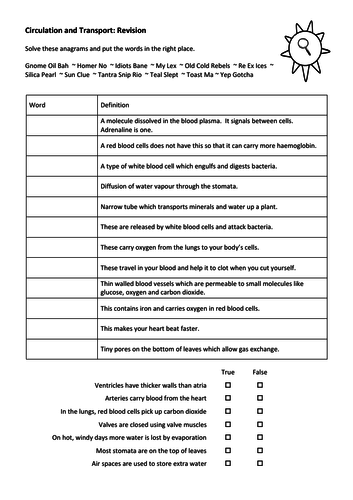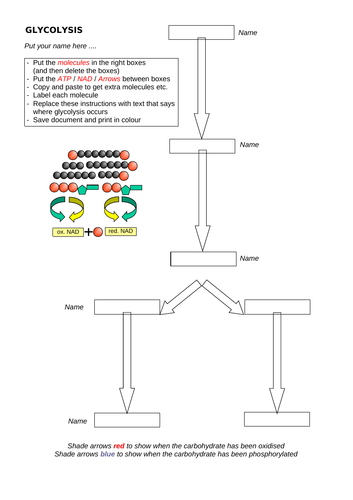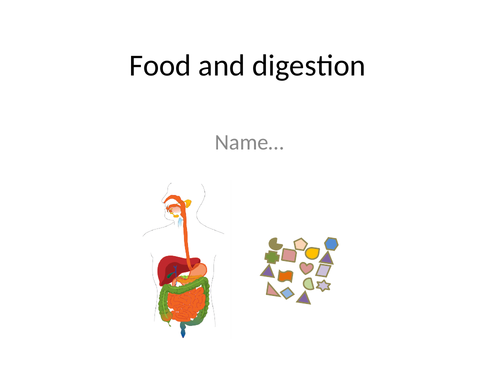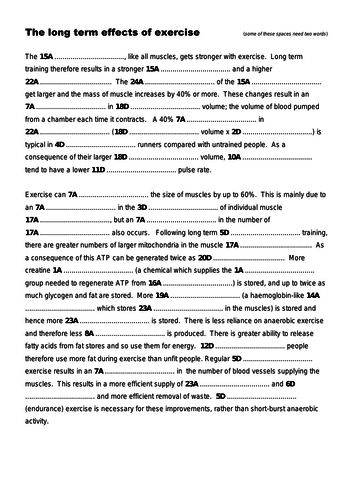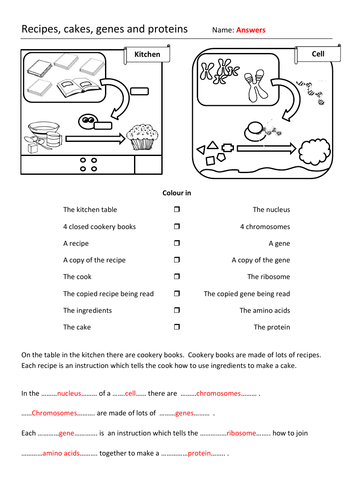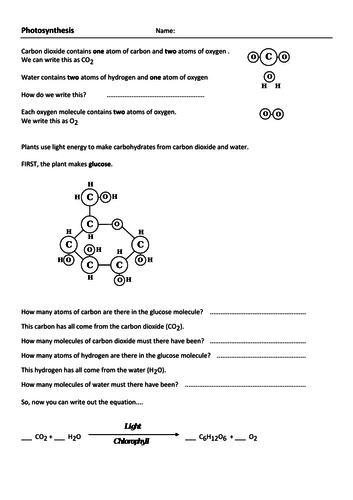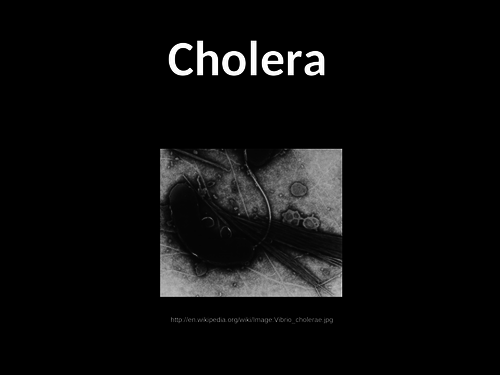68Uploads
35k+Views
38k+Downloads
All resources

Structure, bonding and the mole. 13 slide powerpoint for students to edit. (GCSE)
A revision activity for students which uses editing a colourful powerpoint as a hook to get them into the science of moles, bonding etc. It works well with students who find moles too abstract. Students open it within powerpoint to edit the slides before viewing as a slideshow. I’ve used it with very weak KS4 groups. It can easily be edited to suit any syllabus: exercises cover bonding, compounds, the Periodic Table, calculating molar mass of compounds etc. An answer powerpoint is provided. It could easily be used as a homework on the VLE.

Oxidative phosphorylation (A-level Biology)
Worksheet asks students to label and colour in the stages of oxidative phosphorylation / electron transfer chain (1 page). Accompanied by an interactive powerpoint with clear diagrams which can be used on a smartboard to show students what they should have coloured in (11 slides)
Key words
Oxidative phosphorylation, Electron transfer chain, Cristae, Mitochondrion, Mitochondria

Menstrual cycle (2 powerpoints, two worksheets, card sort) Post 16
Animated, interactive powerpoint which guides students through the hormonal control of the human menstrual cycle. It is extensively hyperlinked so that you can choose which bits to show. The two double sided worksheets (+answer sheets) use a variety of cloze / colouring / short answer questions. The card sort is differentiated (+answers). The reproductive organs powerpoint is “click to label”. Aimed at aged 16-18 students.

3 Natural Selection worksheets (Snails, Giraffes, Moths) GCSE
Pond snails:
Worksheet in which students are led through the idea of natural selection - reproduction, inheritance and survival - using pond snails and leeches as an example. 2 pages, accompanied by an answer sheet.
Giraffes:
Students put a variety of facts about giraffes into categories. The categories relate to Darwin’s observations. Students then write a paragraph to explain how longer giraffes’ necks have been selected. Designed to provoke discussion about inheritance, evolution and natural selection. 2 pages with answer sheet.
Peppered moths:
Students put pictures and statements in the correct order to tell the story of natural selection in peppered moths before and after the industrial revolution. Supports learning about genetics, inheritance, predation, camouflage and survival. with answer sheet.

Sexual and Asexual Reproduction Comparison (GCSE)
A double sided GCSE worksheet with answer sheet. Pros and cons of sexual/asexual reproduction.
Recall, Cloze, Free response, short answers.
Strawberries, potatoes, mice, amoebae and gardeners.

Ionising Radiation, Nuclear Reactors and Litvinenko (4 GCSE worksheets).
Aimed at foundation tier GCSE students. - cloze, colouring and a bit of reasoning thrown in. The Litvinenko sheet is a bit wordier but provokes discussion. You will find numerous news clips to illustrate it. Answer sheets included.

A-level Core Biology Revision Quiz
We use this as a christmas revision quiz before Jan A-level trials.
Fun, competitive and a stress buster. Obviously needs reward for 1st completed etc.
0 = WPOPW (Water potential of pure water)
3 = BIAC (OA)
6 = CAIG
etc.

Biological Molecules Sorting Activity (A-level)
Sorting activity designed to familiarise students with biological molecules. Students sort molecules into groups of similar structures and try to identify them as fatty acids, glycerol, sugars, amino acids etc. 1 page with answers.
I have used it both to introduce biological molecules and to round things off once the students have met them all.

Dihybrid crosses, Chi-squared and Mendel
Interactive presentation which takes students through using the chi-squared test to check the significance of results from a dihybrid genetic cross. Uses examples from Mendel’s pea plant experiments. Can be used on a smartboard to reveal each stage after quizzing the students. 6 slides. Written for A-level.
Key words
Dihybrid cross, Inheritance, Sweet peas, Mendel, Chi squared, Genetics

Genetic Modification: Good or bad (Categorising activity)
Students choose from a bank of statements. They categorise the statements as advantages or disadvantages. Different students will take different points of view. They then have to write a sentence to justify each choice. A cut and stick exercise designed to provokes discussion. To complete the activity students must engage with the concepts. There are no ‘right’ answers! 3 pages
Key words
Genetic modification, GM, Ethics, Genetic engineering,

Action potential slider activity (A-level)
Students attach labels in the right place on a template. The template is lifted up behind a diagram of the action potential. One at a time, each stage of the action potential is revealed in windows. It is worth showing students a completed slider (from a distance!) so that they can see what they are aiming for. Craft knives or scalpels best for cutting out the boxes. Answer sheet included. Written to support A-level.
(Big font labels for labelling the diagram; Small font labels are for the voltage gated channel table)
Key words
Action potential, Neurones, Nerves

Neurone labelling activity (GCSE)
Students colour in and label diagrams of motor and sensory neurones (nerve cells), identifying the axon, neuromuscular junctions, fatty sheath and dendrites. There are cloze (gap fill) questions alongside the diagrams. 2 pages, with answer sheet

GCSE Circulation and Transport Revision Worksheet
Double sided GCSE revision worksheet - Circulatory system and Transpiration.
Anagrams, Join the word to the definitions, True/False, Cloze - a bit of everything, really.
Answer sheet provided.
Key words
Blood, Heart, Xylem, Transpiration, Platelets, Stomata

Glycolysis - drag and drop activity
Students edit the Word document to show the stages of glycolysis (oxidation, phosphorylation etc). The molecules are all drawn for them (hexose, glucose, phosphates); they need to copy and put them in the right places. 1 page, accompanied by an answer sheet. Written for A-level students. Works well on VLE as homework but I tend to use it where I can watch what their misconceptions are and deal with them. (‘ctrl d’ doubles an object, which is useful).

Transpiration and water uptake in plants (2 powerpoints, 2 w/s, crossword). Post 16
Animated, interactive powerpoint which explains water uptake (apoplast/symplast pathways), transpiration and xylem structure The water uptake worksheets (including a crossword) complement the powerpoint and include answers. The labelling the leaf powerpoint is a hyperlinked ‘click and name’ slide-show. Aimed at A-level.

GCSE Digestion - complete the powerpoint activity
A powerpoint for students to edit and complete. Written as a cover lesson to give fairly disaffected / less able students something a bit more interesting to do than 100 minutes of worksheets. The answer sheet gives suggested extensions for those who finish first / want them. It would work well as a VLE homework activity or as revision.
Key words,
Digestion, Digestive system, Enzymes, Absorption, Excretion

The long term effects of exercise cloze/crossword (A-level)
This is a cloze activity with the words (2D, 24A) linking into a crossword. Covers fitness, heart rate, ATP production, breathing, oxygen uptake and muscle development. 2 pages with an answer sheet. Written to accompany A-level Biology.

Genes and Proteins (Recipe, Cake analogy) GCSE
My lower ability GCSE students struggled distinguishing between genes ‘being’ the protein and genes ‘coding’ for the protein. The language was a barrier - weird, abstract words. This sheet uses a recipe-cake / gene-protein analogy with a bit of colour coding. The students enjoyed it and understood it. (I pointed out that medical students use colouring in to learn anatomy). Answers included

Photosynthesis - Equation & The uses of glucose (GCSE)
Worksheet with questions leading the students on to balance the equation for photosynthesis and then looking at what the glucose is used for in the plant. Double sided accompanied by an answer sheet

Cholera: Data handling and Mechanism of infection
Standalone A-level cholera data handling and accompanying powerpoints and worksheets.
The main powerpoint introduces cholera and explains how it affects the small intestine’s transport proteins leading to diarrhoea. The second shows the December 2008 Cholera outbreak in Zimbabwe using UN data. The lesson can be introduced with news clips/articles (a search for ‘Zimbabwe 2008 cholera outbreak’ turns up lots). An understanding of the mechanism of cholera infection is not needed to deal with the data handling - which is very much aimed at reliability, sampling and so on. Written to support A-level Biology.


